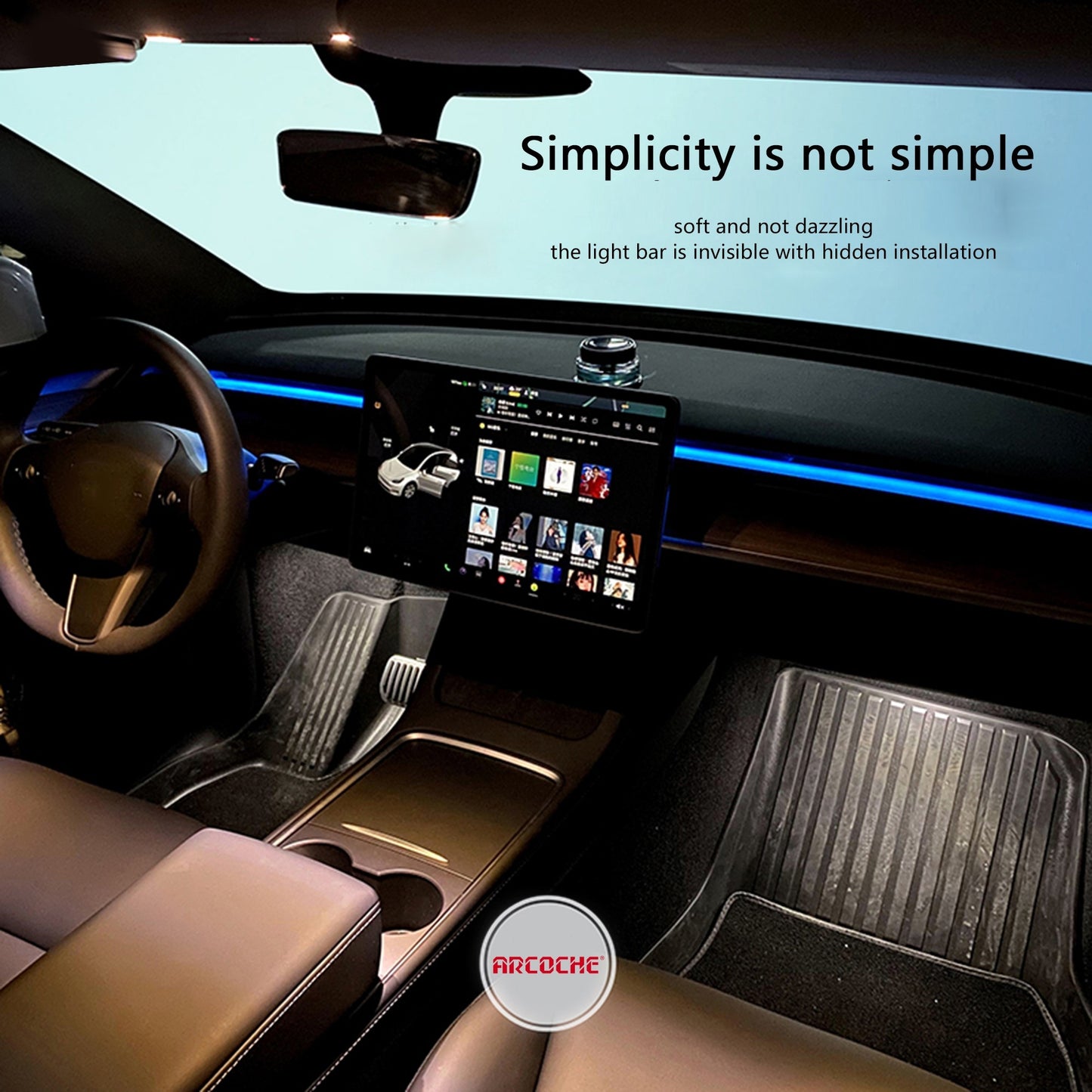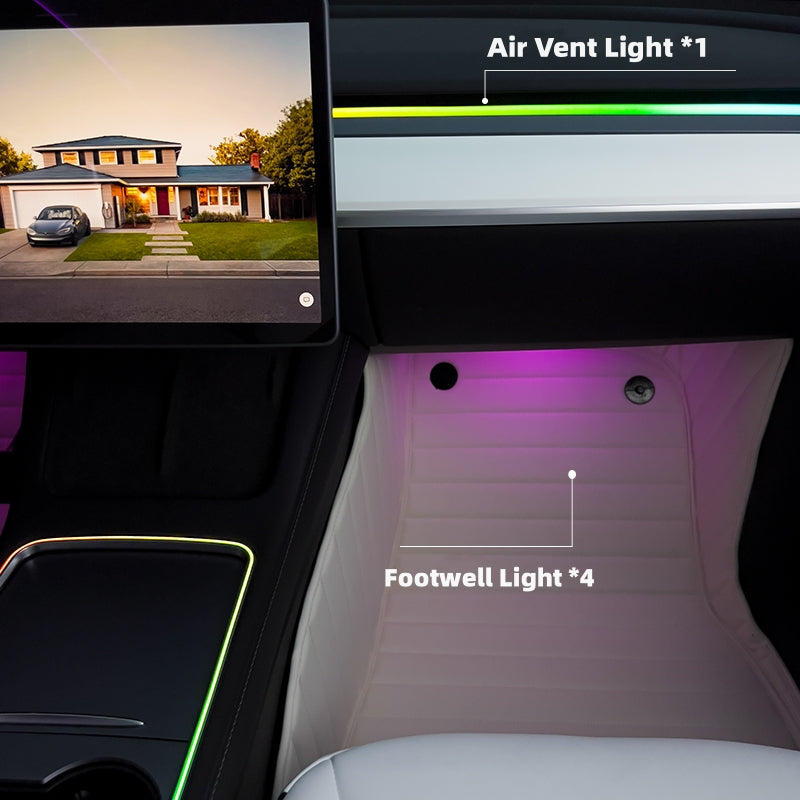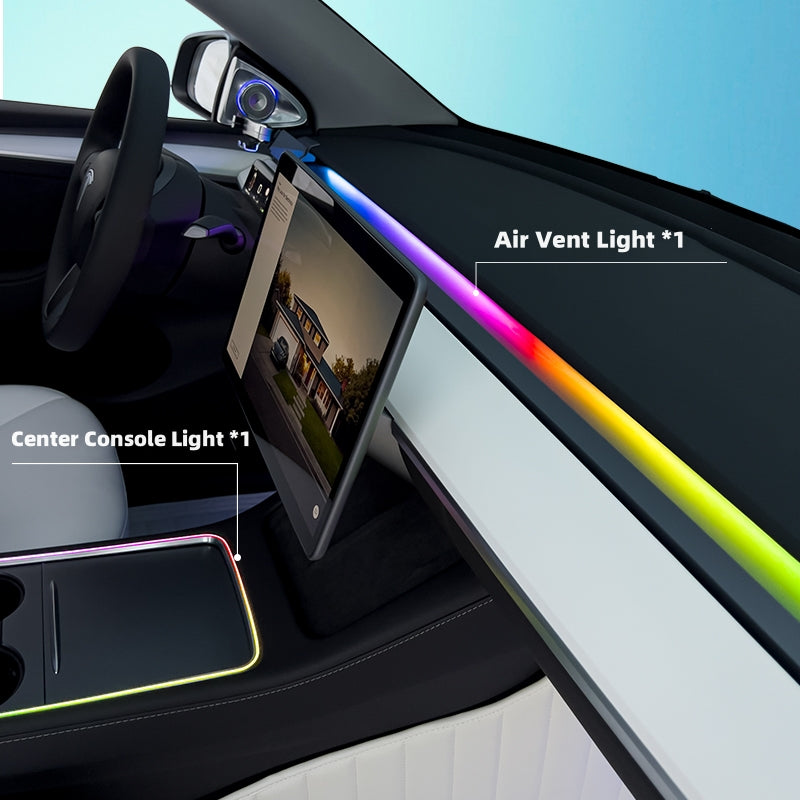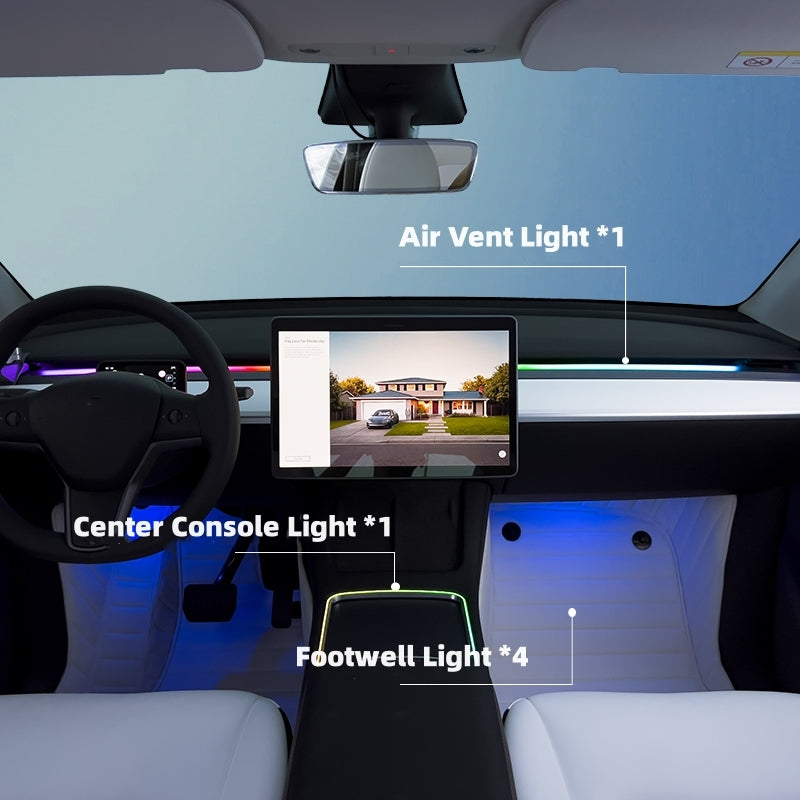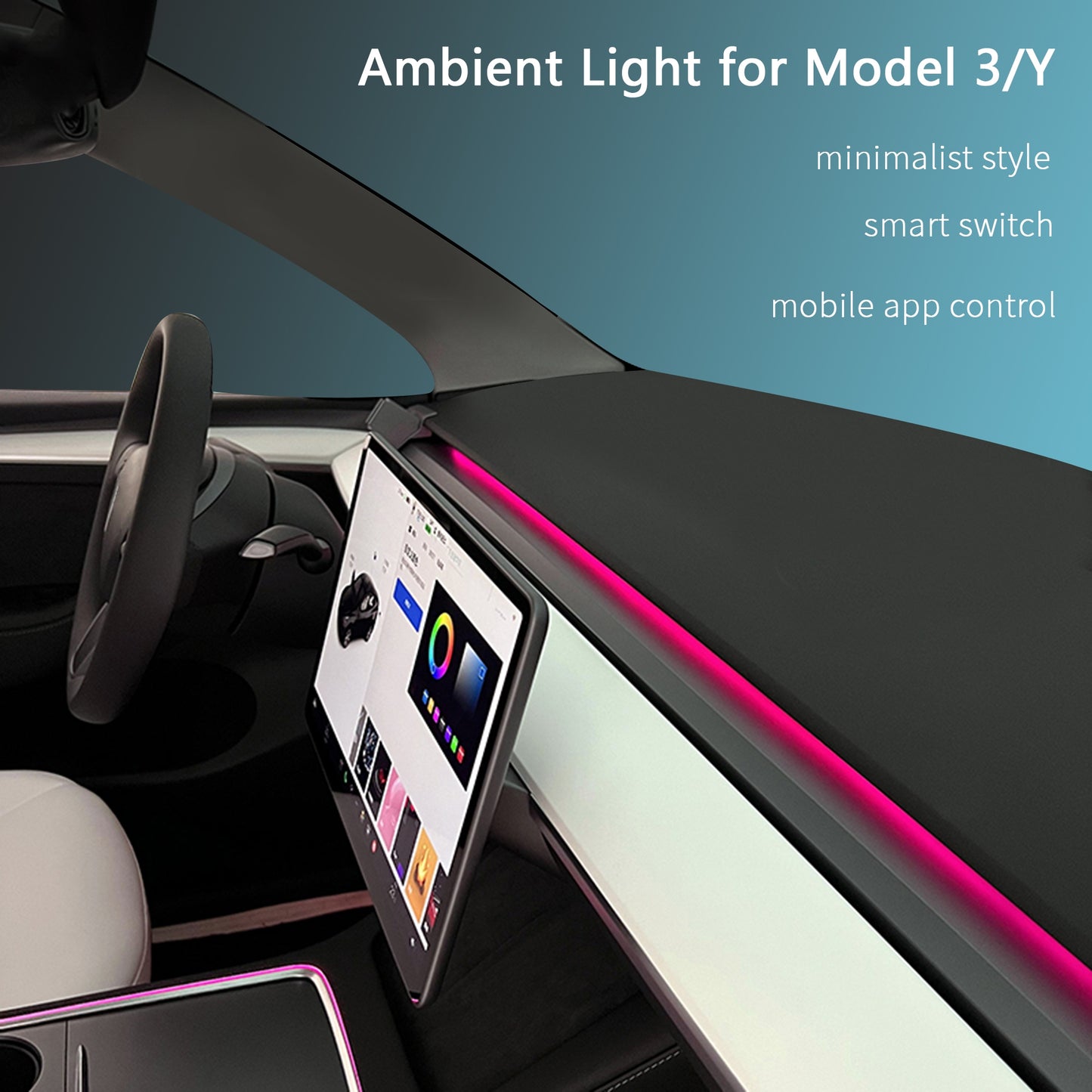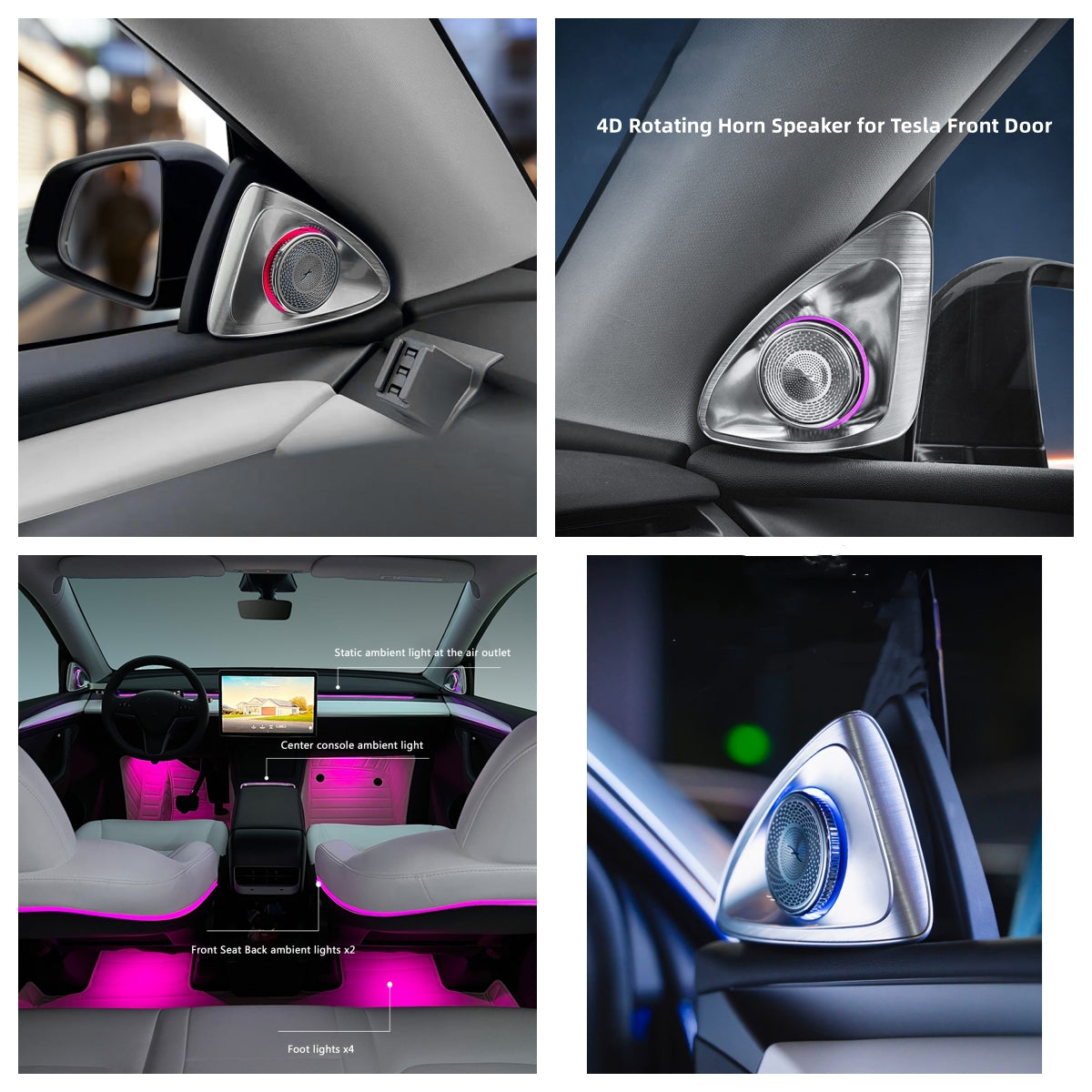
Let’s Go Gigacasting!
Tesla has revolutionized electric vehicle manufacturing through the implementation of gigacasting, a groundbreaking approach that streamlines production and simplifies assembly. Gigacasting involves the use of massive casting machines, or gigapresses, to create large single pieces of vehicle underbodies. This innovative technique is designed to enhance efficiency, reduce reliance on traditional assembly lines, and address the challenges posed by legacy manufacturing processes in the context of battery-powered vehicles.
Elon Musk, the visionary CEO of Tesla, drew inspiration for gigacasting from an unlikely source – his child's die-cast toy cars. By observing the simplicity and efficiency of die-casting in miniature form, Musk envisioned replicating this concept for full-sized automobiles. Gigacasting employs casting machines to inject molten metal into molds under high pressure, producing sizable aluminum body parts like the entire underside of an electric vehicle. In essence, the molten metal is forced into a mold, or "die," where it cools, is subsequently ejected, and then trimmed to form a seamless and robust underbody.
Musk's argument for the adoption of gigacasting stems from the belief that the conventional assembly line approach hampers the progress of electric vehicle manufacturers. He emphasizes the need for a shift towards simpler and faster assembly processes, challenging the status quo to meet the unique demands of battery-powered vehicles. By reimagining the manufacturing process through gigacasting, Tesla aims to push the boundaries of innovation in electric vehicle production, ultimately advancing the automotive industry into a more sustainable and efficient future.
The traditional approach to automotive manufacturing has historically relied on castings, particularly in the powertrain of internal combustion engine (ICE) vehicles. In this conventional method, the main body of a car is typically constructed through welding or stamping together a multitude of separate parts. This process involves assembling various components to create the complete structure of the vehicle.
The emergence of gigacasting is a response to the transformative impact of massively heavy auto batteries on car design. As electric vehicles (EVs) become more prevalent, the need for innovative manufacturing techniques to accommodate large and intricate battery structures has become apparent. Tesla, in particular, has pioneered the use of gigacasting with aluminum, employing high-pressure die-casting machines to produce entire vehicle chassis and bodies-in-white.
Gigacasting has gained significant importance due to its potential to reduce per-unit manufacturing costs. Unlike traditional methods that involve welding together numerous body parts, gigacasting allows for the creation of a single, seamless module. This not only saves time and labor but also minimizes costs associated with the production process. Additionally, gigacasting optimizes factory space by replacing multiple robots used in welding processes with a single, highly efficient machine. The streamlined and integrated nature of gigacasting aligns with the demand for faster, more cost-effective, and space-efficient manufacturing methods, making it a key advancement in the automotive industry.
To bring gigacasting into reality for Tesla, the company engaged with firms specializing in the creation of test molds using industrial sand and 3D printing technology. Using a digital design file, 3D printers known as binder jets deposited a liquid binding agent onto thin layers of sand, gradually building molds layer by layer for die-casting molten alloys. This innovative approach allowed Tesla to conduct design validation at a significantly lower cost compared to traditional metal prototypes. The use of sand casting reduced the expense of the design validation process to approximately 3% of what it would cost with a metal prototype. Moreover, the flexibility of sand casting enabled Tesla to make rapid adjustments to prototypes, with the ability to reprint a new one in a matter of hours using technology from companies like Desktop Metal and its ExOne unit. The design validation cycle using sand casting took only 2 to 3 months, a substantial improvement over the 6 months to a year required for metal molds.
The Model Y played a pivotal role in the gigacasting narrative, with Tesla implementing this innovative technique in 2019 to fabricate the rear floor section of the vehicle. The gigacasting process for the Model Y involved the use of two giant castings serving as the front and rear underbody, marking a significant departure from traditional car body (unibody) design and contributing to the streamlining of manufacturing processes. This shift toward gigacasting quickly gained traction, moving towards becoming an industry standard.
In the Model Y production process, these two gigacastings replaced a total of 171 parts, primarily consisting of sheet stampings and some smaller castings. This integration eliminated 1,600 welds and removed 300 robots from the assembly line. The result was a substantial reduction in required capital investment and floor space. With these efficiencies, Tesla achieved an impressive production time of 10 hours for a Model Y, approximately three times faster than electric vehicles built by competitors. The successful integration of gigacasting into the Model Y production exemplifies Tesla's commitment to innovation and efficiency in electric vehicle manufacturing.
The manufacturing process of gigacastings involves the use of a massive machine known as a gigapress, which is capable of achieving an impressive 6,000 tons of locking force. The gigapress is theoretically capable of producing up to 45 castings per hour, showcasing its efficiency in large-scale production.
However, Tesla faced significant obstacles in implementing these large-scale castings. The aluminum alloys used for gigacasting behave differently in molds made of sand compared to molds made of metal. Early prototypes failed to meet Tesla's specifications due to these behavioral differences. To overcome this challenge, casting specialists formulated special alloys, fine-tuned the molten alloy cooling process, and developed a post-production heat treatment. These measures were crucial in ensuring that the gigacastings met the required standards and could be seamlessly integrated into Tesla's manufacturing process.
Gigacasting has been making headlines lately due to Elon Musk's announcement to Tesla employees at the Gruenheide gigafactory. Musk shared plans for manufacturing a new, smaller electric vehicle (EV) that will be priced around $25,000. The Gruenheide gigafactory is equipped with Tesla's gigapress technology, which the company believes will enable more cost-effective EV production with fewer parts. Traditional cars typically require around 400 parts, impacting profitability. Gigacasting, with its ability to create a single large frame combining the front and rear sections with the middle underbody where the battery is housed, is seen as a key factor in achieving cost savings and making affordable Tesla EVs a reality.
Not all manufacturers are quick to embrace gigacasting due to several challenges and considerations. One major drawback is that vehicles with a single molded underbody present challenges for repairability. Unlike traditional vehicles where damaged parts can be individually replaced, gigacasting makes it more difficult to address specific damages without replacing the entire underbody. This could potentially increase the number of vehicles deemed too costly to repair, impacting the automotive repair industry.
Moreover, there are substantial initial startup costs associated with gigacasting, which may act as a deterrent for some manufacturers. The process also introduces the possibility of distortion issues in the metal, adding a layer of complexity to quality control and production consistency. Collision repairs become more intricate, and extensive inspection scanning is required at the end of the production line.
Despite these challenges, some automakers are exploring gigacasting. Volvo, for instance, is working on developing vehicle models that utilize "megacasting" for body-in-white elements, integrating mounting points for various components. General Motors has also expressed interest, with CEO Mary Barra mentioning the company's order of two "gigapress" machines in 2022 for potential use in mass-market vehicles.
As for Toyota, the company is not expected to adopt Tesla's gigacasting model directly. Toyota's renowned Production System, rooted in just-in-time manufacturing efficiency, relies on decades of experience to find its own innovations. While Toyota aims to have over half of its 2030 sales target consist of electric vehicles (EVs) using a new modular architecture, the company will likely leverage its expertise to develop solutions tailored to its specific production needs. Toyota's approach emphasizes flexibility, allowing for the production of different models sharing key components on the same platforms. While not adopting gigacasting, Toyota recognizes the need for reconfiguration to stay competitive in the evolving automotive landscape.
----------This article is partly excerpted from CleanTechnica.





